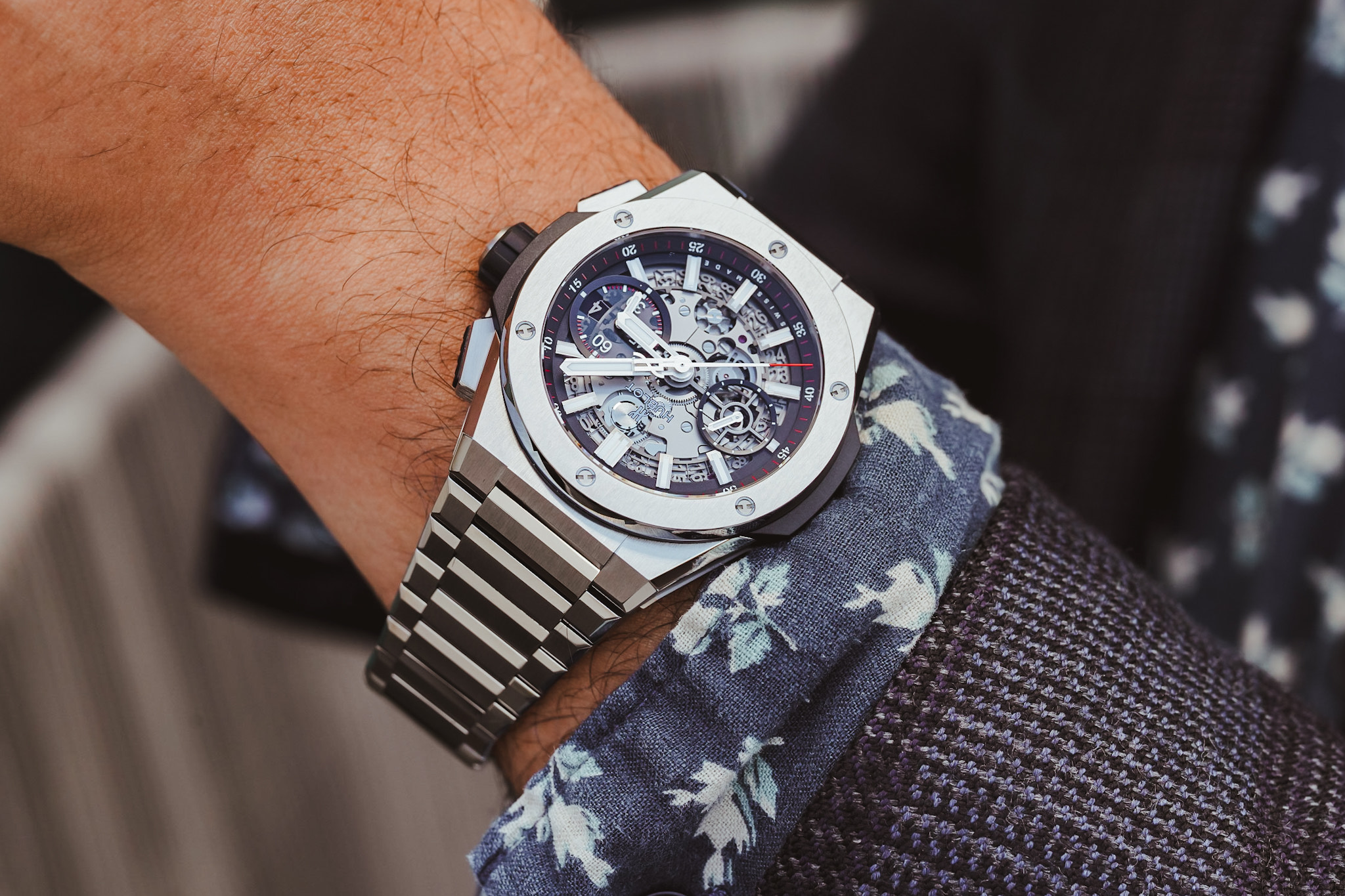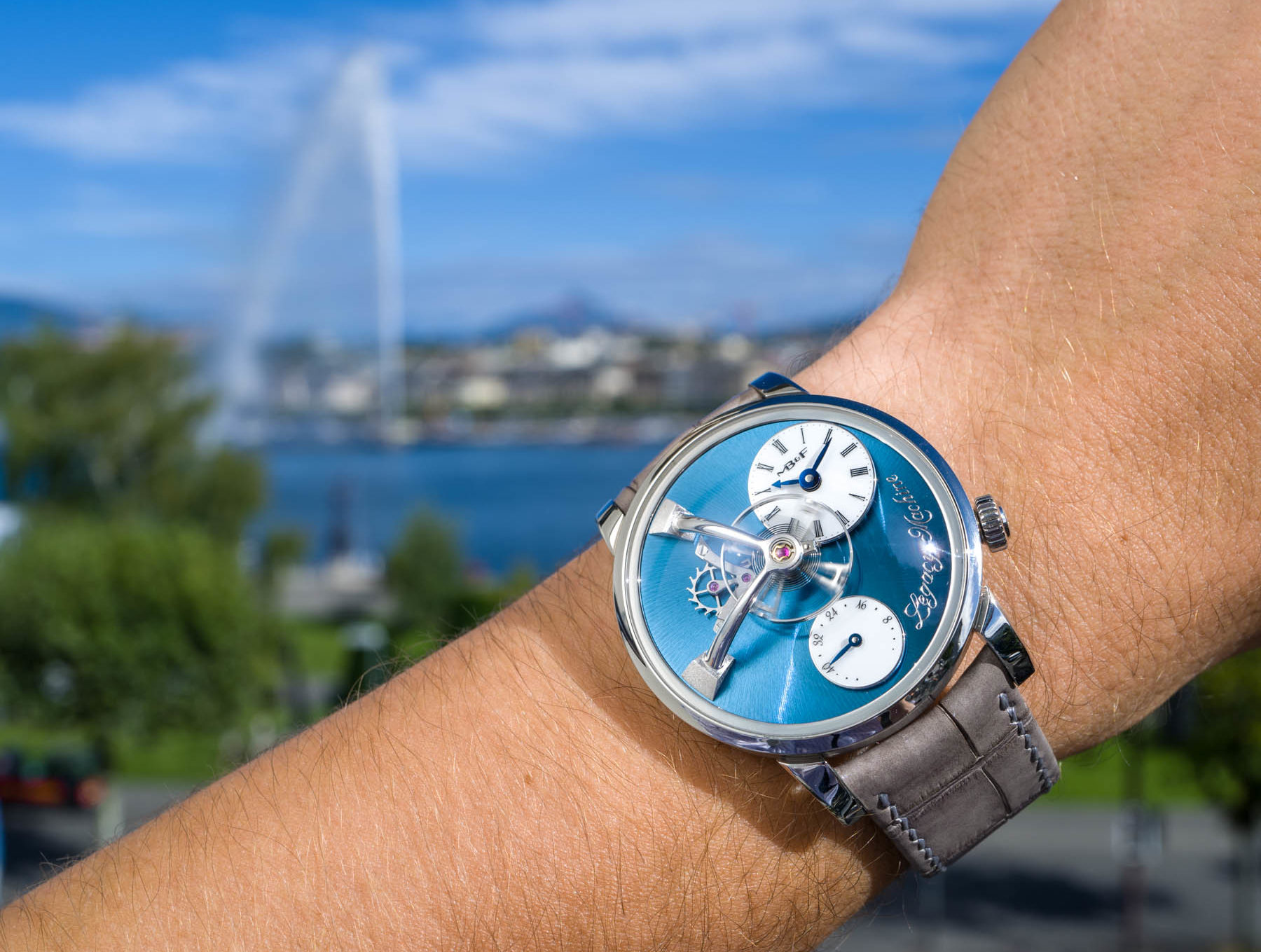
Hello there, aBlogtoWatch community. This is Ariel Adams, and I’m here to wish you a very fine end to 2020. I am not alone in hoping that most of 2021 will not resemble the calendar year we are now completing. Frankly, I’m getting tired of being in the same house. I almost want to swap with another family for a while just to see some different walls for a little bit! What 2020 lacked in interior variety, it did make up for in opportunity for study. What an incredible year to intellectually assess from any number of angles. History books will be pondering the events of this year until long after we are all gone.
In the watch world, we saw an unprecedented level of activity and movement. Things that had never happened before happened and — an already tumultuous industry was shaken around like a martini held by a marathoner. We saw the end of the major watch shows. We saw big, traditionally proud companies bickering in public like entitled royals. We saw watch brands fret about “moving their business online…” only to realize that most of the watch industry’s sales and consumer world have already been mostly online for a while. We also saw the incredible resilience of the wristwatch’s appeal. Society likes to pick on the wristwatch as some type of totemic reminder of quaint obsolesce. How often has a wristwatch company been lampooned as an out-of-touch manufacturing dinosaur, something someone declares that babies raised today will never know? But 2020 really proved these skeptics wrong. People bought watches to feel good. Should someone remind watchmakers that, in addition to adding a layer of fluff to insecure rich folk, many people like watches as a hobby?
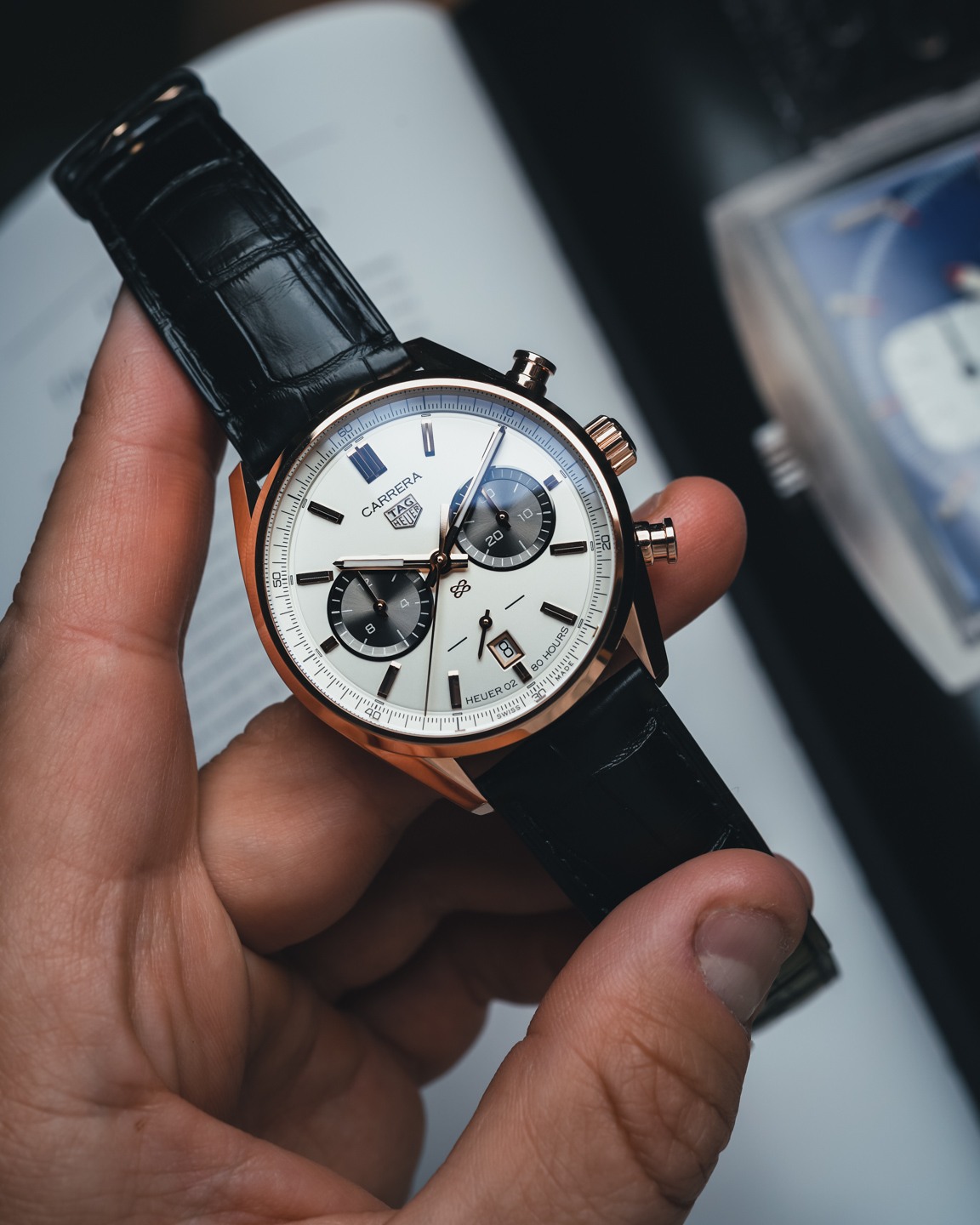
While “hobbyist” isn’t the classiest of terms, it does actually explain why common and imprecise terms like “enthusiast, collector, fan, lover,” etc., are all used to describe more or less the same group of people. These are people who take intellectual and emotional interest in the good feelings watches can bring them, while engaging in a mixture of learning about them, buying them, wearing them, and socializing with them. These are also mostly the same people who were responsible for the luxury watch industry doing any business at all this year. I wrote about this in some detail for WatchPro here. My overall thesis is that wristwatch consumption by enthusiasts represented the majority of economic activity in the watch industry over the last 10 months.
A healthy luxury watch industry (from a sales perspective) needs three things in place: a) reasons for people to celebrate (promotions, achievements, anniversaries, etc.); b) places for people to wear watches in public where other people can see them (travel, socializing opportunities, etc.); and c) high investor confidence (overall optimistic business mood with the feeling that money spent today is safe because tomorrow more money will likely be coming). The COVID-19 pandemic swiftly ended all of these factors from existing en masse in society, leaving no mainstream market for luxury goods, with the exception that people who enjoy watches as a hobby have other reasons for buying these products: they make people feel good.
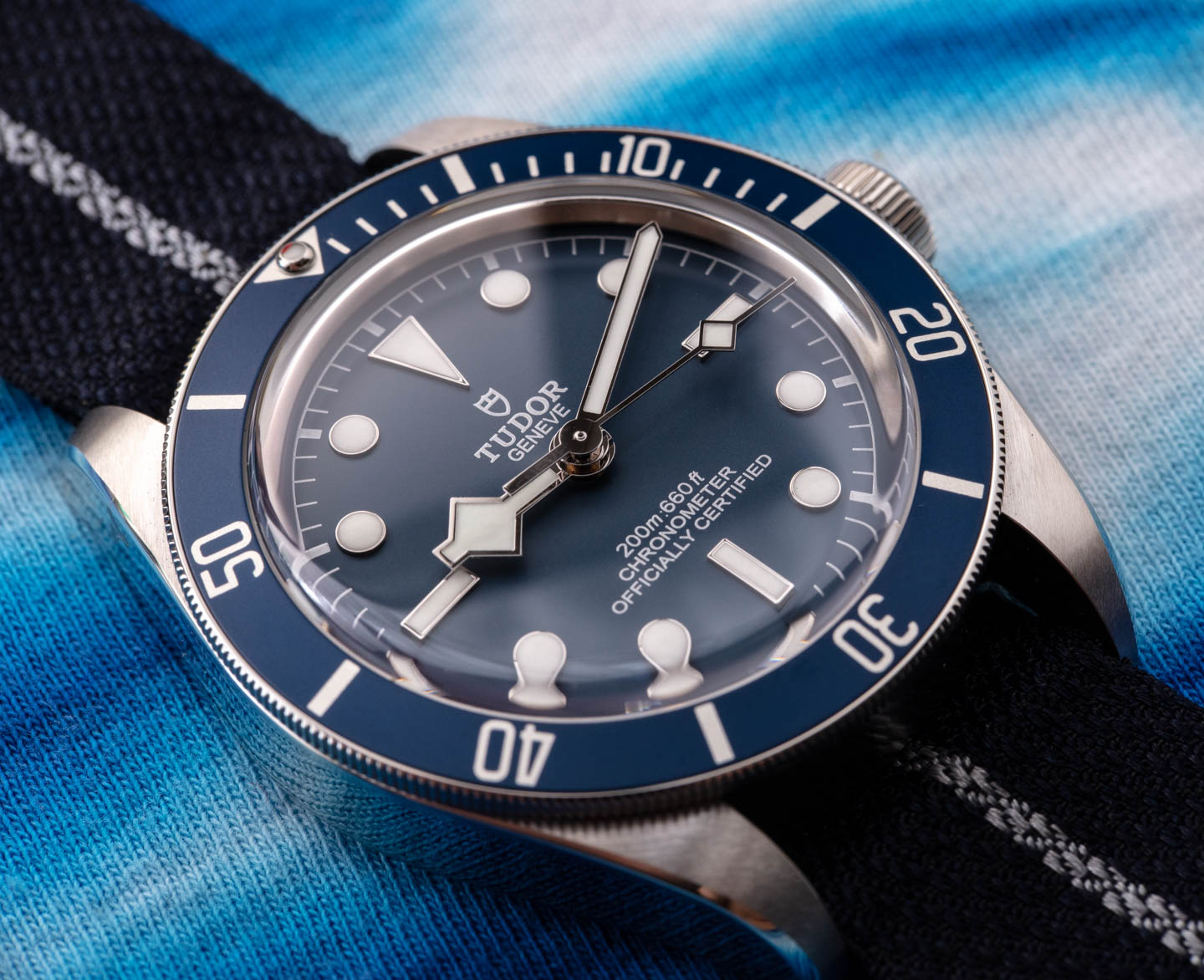
2020’s buyers bought watches as retail therapy or simply because they had more available time to dedicate to their hobby. Much of what a watch lover does is sit online and study watches — more or less the only activity judged as safe during a period requiring “social distancing.” As more than one person has reminded me this year, watch collecting is often a highly introverted behavior. That it has been able to flourish in an atmosphere of so many nervous and bored online-savvy consumer enthusiasts is no surprise.
I will freely admit that a new watch gave me a much-needed kick in 2020, probably more than once. That good feeling of discovering and ultimately owning a beautiful new watch is a strong drug and a powerful high — a formula that has helped a lot of people get through the COVID-19 pandemic. Take that, wristwatch endurance skeptics.
I’ve also done an unprecedented level of wrist watch market study this year. It is almost like trying to survey land from a boat while in the middle of a gale. I wanted to understand what smart things business entities in the watch industry can do to prepare themselves for what is next. Up to 50% of the watch industry was, or might still be, in jeopardy due to the pandemic. That means an awful lot of fallout, as well as a need for major shifts in strategy and investments. Sadly, not all will succeed.
I think what is interesting is that, while the COVID-19 pandemic certainly threw the wristwatch industry a number of curveballs, it didn’t introduce novel problems. COVID-19 accelerated a rate of change already happening to a several-hundred-year-old industry that was struggling to afford its extremely expensive manufacturing infrastructure in Switzerland.
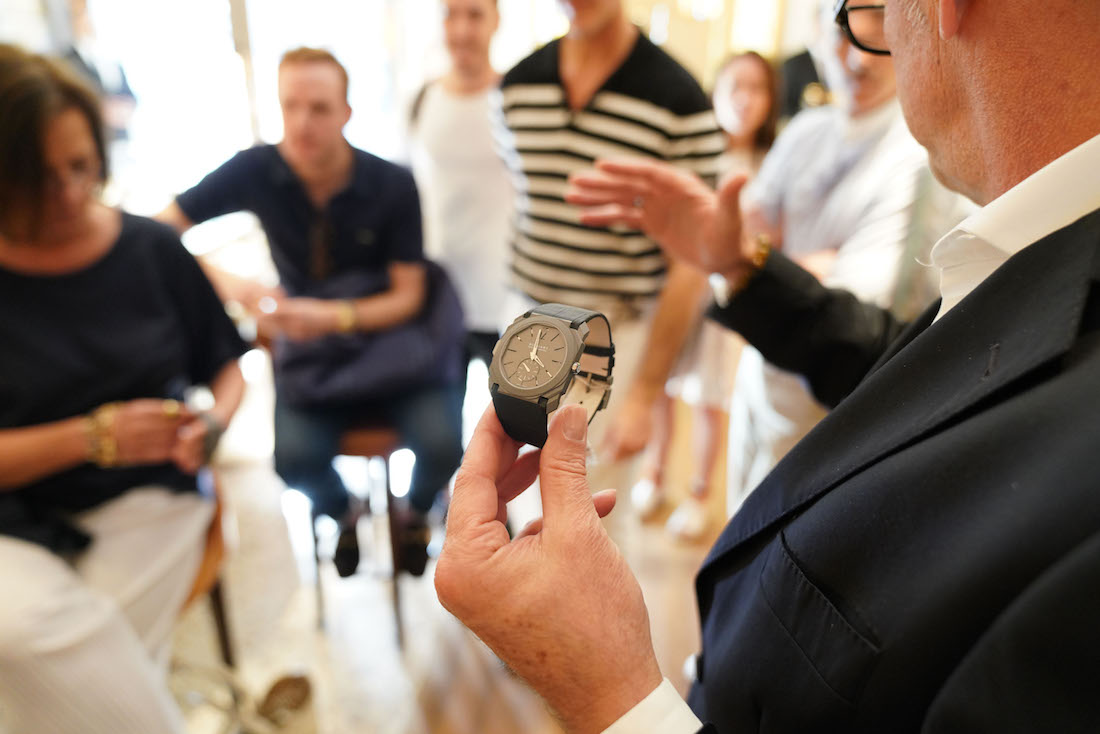
Just about a year ago, I was in Switzerland myself (the last time I was there prior to the pandemic), speaking at an academic conference organized by one of the local schools and a watch industry trade organization. The topic was “direct-to-consumer” sales — the concept of a watch brand selling products directly to you, as opposed to retailers who then sell them to consumers. The traditional watch industry has noticed the flourishing volume of enthusiast-run “microbrands” (as they are sometimes called), which each have a direct-to-consumer model. With brick and mortar retail sales down around the world (thanks to online sales), traditional luxury watch brands see selling online directly to consumers as being the answer to their shrinking “wholesale” businesses. So even before the pandemic, the watch industry was struggling with the question of how to reach consumers in the future, as well as how to sell their watches to them.
Determining whether or not to have third-party retailers sell their watches, or whether to sell watches one-at-a-time to consumers like you online, is a decision that literally dozens of major watch brands need to figure out in 2021. There is no right or wrong answer, given that there isn’t a successful model out there for brands to emulate for success. No one has really cracked that nut yet, and conservative Swiss brands are loathe to be guinea pigs. Consumers who notice all this will be witness to an interesting era of experimentation that will lead to both successes and dead-ends.
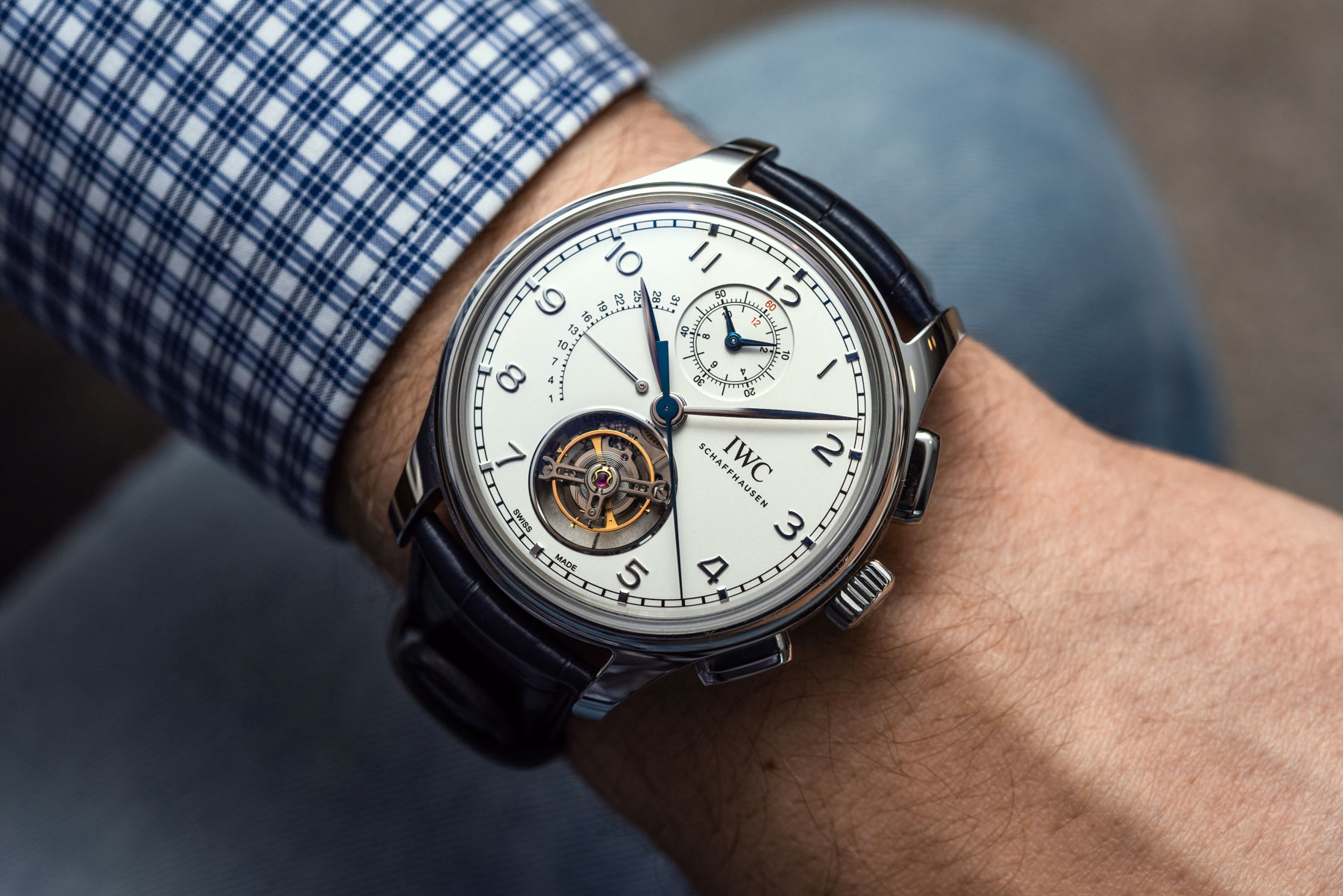
The pandemic has not stopped watch brands from producing high-quality watches but given employee-limits at offices and factories, a lot of production has slowed down. That has made life a bit boring for some watch media professionals… but it is very salient to applaud the industry for releasing as many new timepieces in 2020 as they did (and there were a number of winners among them). More so, a lot of brand-new watches (not just Rolex, Richard Mille, and Patek Philippe) were purchased by consumers in 2020. I expect that number to be much higher in 2021 as vaccinated populations with businesses rush back to re-start the engines of commerce. Why am I confident of this? A prolonged period of no business will prompt a lot of investments around those markets or sales strategies that work. For example, if London starts selling watches again, expect dozens of events and surges of brand activities there in quick succession until the market might have just about had it. Another example is if a particular product design appears to do well, expect all manner of mimicry within months of word getting out.
The above-described state of affairs is a good outcome for watch consumers. It will mean a lot of product variety and competition for their attention. It is good for the industry, as well, because it means money will flow and risks will be taken. I further agree with many people that suggest even with a lingering pandemic in parts of the world, the luxury watch industry will recover quickly. This is, again, because most of the infrastructure needed to sell and market watches is not affected by pandemic restrictions, anyway. In truth, I think the only thing holding the watch industry’s recovery back is the industry itself.
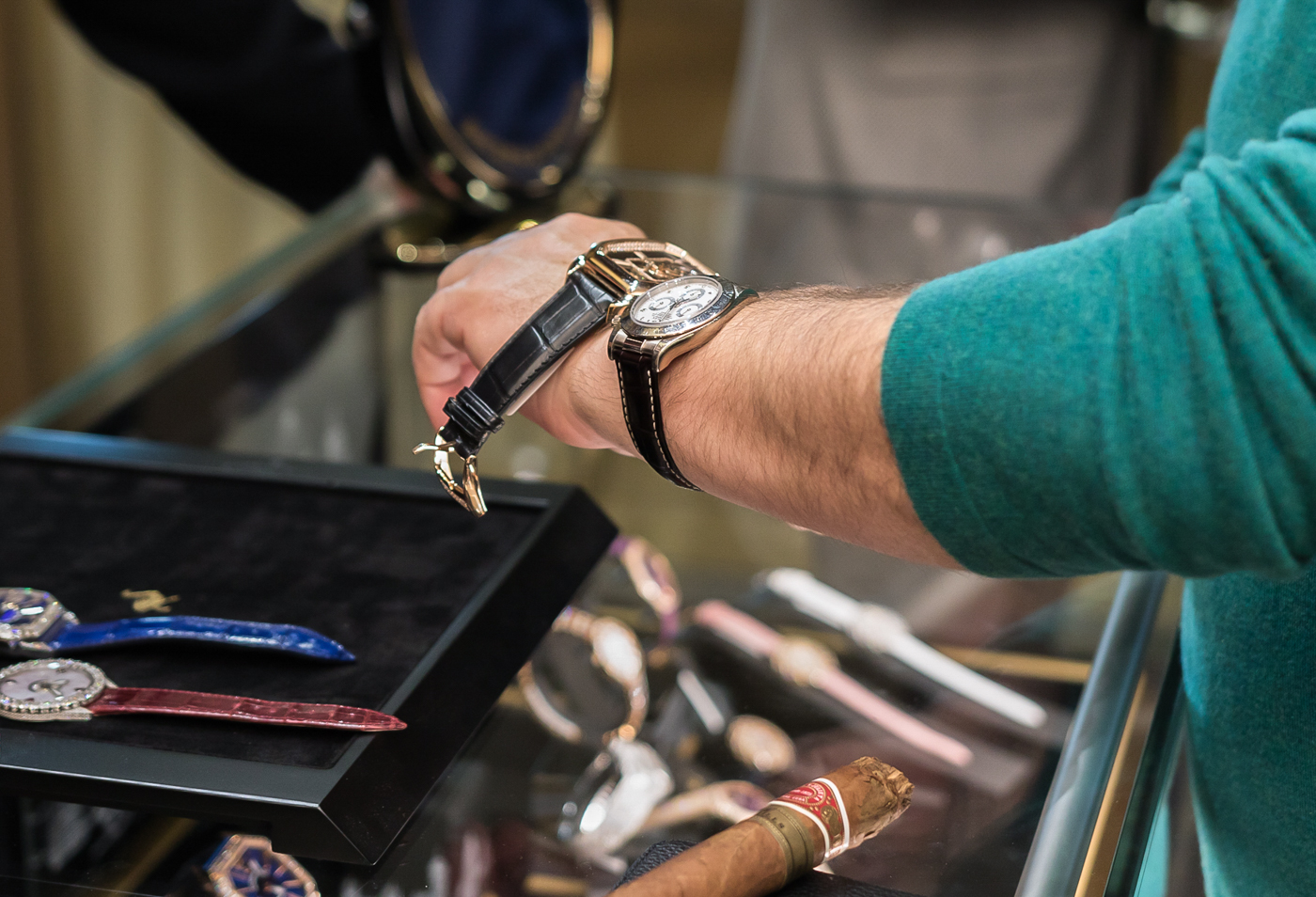
The amount of effort needed to inform and educate people about a wristwatch product is not without time and expense. There are no shortcuts to getting people comfortable with the idea of spending a few thousand (if not way more) dollars on your tick-tock machine. Brands that spend money on great products, events, photo shoots, video production, advertising campaigns, customer service, and enthusiast outreach will (as they always have) sell enough watches to remain around long after 2021. I say it because I have seen it many times before, brands that don’t market (even really important brands) sink to the ground instantly after no one talks about them anymore. Once again I make an appeal for my industry colleagues to go forth with bravery into the unknown which is our post-pandemic world.
The best advice I can give the watch industry for 2021 is to follow the money. Brands should ask themselves who is actually purchasing their watches and how to reach more people like that. This sounds totally obvious, but it isn’t actually what normally happens. More often than not, watch brands create aspirational target market groups (i.e. the types of consumers that brands would like to be wearing their products) as opposed to studying who is actually buying those products. Brands then invest to reach consumers they hope to wear their products when they should be investing to reach consumers who already are or are likely to wear their products.
Following the money is studying who is actually likely to want your product and figuring out how to pull at their heartstrings. Brands today like to talk a big game about “listening to their consumers,” but that means more than responding to the comments you like on your Facebook page. Listening to consumers isn’t enough. You need to watch them, as well. If enough brands follow the people who already appear to like what they are selling, 2021 will see a lot more brand timepieces find homes on a lot more wrists.
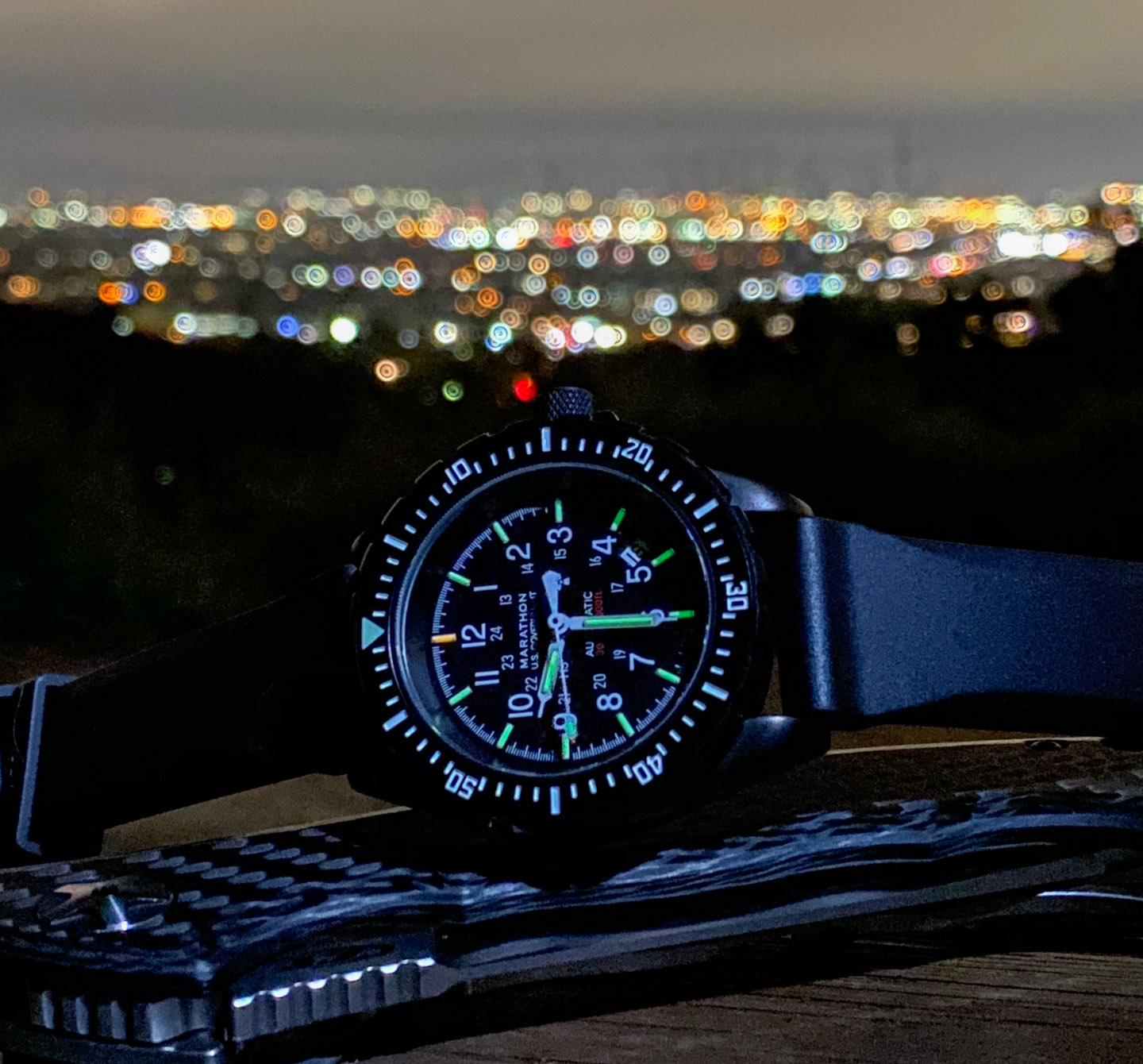
Wristwatch media has changed considerably in 2020. A lack of spending by watch brand advertisers has forced even small operations to shut down or change how they do business. Watch media has been “selling watches” to consumers for years now, so it isn’t entirely weird that some of them are morphing into full-blown watch stores. And why not? This type of transmutation occurs because the authorized dealer landscape for watches online has been mostly a wasteland. As of now, the number of “gray market” multi-brand online watch stores versus authorized dealers is probably staggering. That would be like there being more pawnshops in a city than first-hand sellers. When that is the case, then clearly some shift needs to happen. 2021 will see more watch media entities transition into online watch retailers. This will, indeed, leave a media vacuum. It will also start to help fill-in the gap of authorized watch dealers online — and it isn’t as though most traditional brick-and-mortar watch retailers jumped with glee at the idea of turning their high-street parlors into e-tail hubs.
The need for good, healthy conversations about new watch products is more important than ever. This team works really hard to create that for you. I’ve personally spent a lot of 2020 trying to keep normalcy for the aBlogtoWatch team and put us in the best position possible for when this all blows over. That has also included a number of “what if” scenario discussions, as aBlogtoWatch is dependent on there actually being a functioning watch “industry” — that is unless we are a member-supported platform, a topic we have considered over the course of the pandemic that will be a concept for 2021.
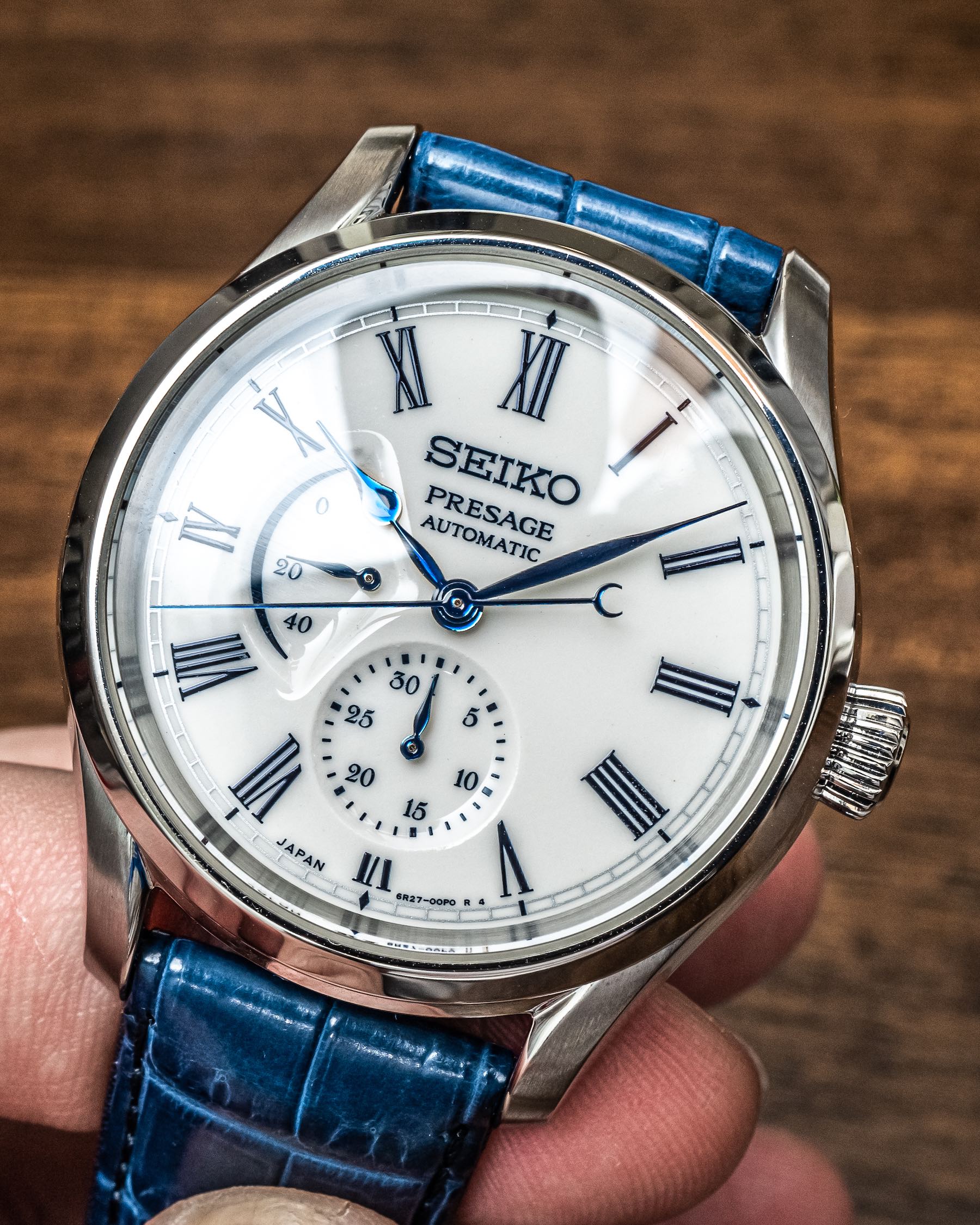
My measure of the health of the watch industry is really in its ability to design, create, and deliver products that make me happy. While most of the products I handled in 2020 were designed and began production prior to the pandemic, I was made happy enough times in 2020 to have optimistic confidence about the watch industry’s long-term health. Watch brands may come and go, but enough demand exists for a lot of watches to be bought and sold each day. The watch hobbyist consumer is here to stay.

